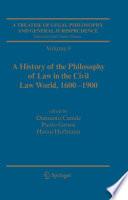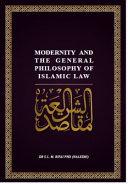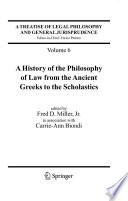High-impact Strategies - What You Need to Know
The Knowledge Solution. Stop Searching, Stand Out and Pay Off. The #1 ALL ENCOMPASSING Guide to DITA. An Important Message for ANYONE who wants to learn about DITA Quickly and Easily... ""Here's Your Chance To Skip The Struggle and Master DITA, With the Least Amount of Effort, In 2 Days Or Less..."" The Darwin Information Typing Architecture (DITA) is an OASIS standard XML data model for authoring and publishing. Many third party tools support authoring, including Adobe FrameMaker, XMetaL, Arbortext, Quark XML Author, Oxygen XML Editor, easyDITA, and SDL Xopus. With the DITA Open Toolkit publishing system, DITA features single source publishing, inheritance, topic-based authoring, and content reuse. Get the edge, learn EVERYTHING you need to know about DITA, and ace any discussion, proposal and implementation with the ultimate book - guaranteed to give you the education that you need, faster than you ever dreamed possible! The information in this book can show you how to be an expert in the field of DITA. Are you looking to learn more about DITA? You're about to discover the most spectacular gold mine of DITA materials ever created, this book is a unique collection to help you become a master of DITA. This book is your ultimate resource for DITA. Here you will find the most up-to-date information, analysis, background and everything you need to know. In easy to read chapters, with extensive references and links to get you to know all there is to know about DITA right away. A quick look inside: Darwin Information Typing Architecture, Technical communication tools, Academic journal, Advanced Distributed Learning, AgcXML, Announcement (computing), Application programming interface, AS4, Audience analysis, Aviation Industry Computer-Based Training Committee, Basic English, CALS (DOD), CALS Raster file format, CALS Table Model, John M. Carroll (information scientist), Changelog, Cheat sheet, Clymer repair manual, Conditional text, Configuration management, Content management, Content re-appropriation, Controlled vocabulary, Copy editing, Data custodian, Data steward, Datasheet, Distinguo, Distributed Oceanographic Data Systems, DITA Open Toolkit, DocBook, Doctest, Document modelling, Documentation, EbXML, EbXML Messaging Services, Edge case, Edublog, Electrical system design, Electronic performance support systems, Encoded Archival Description, List of energy abbreviations, English writing style, Extended Messaging Service, Extensible Forms Description Language, Fact sheet, FAQ, FinTS, Flowchart, Form and document creation, Free On-line Dictionary of Computing, General Formal Ontology, GMX, GMX-V, Gramlee, Green paper, JoAnn Hackos, Hardware description language, Haynes Manual, Help (command), Help authoring tool, History of personal learning environments, History of virtual learning environments, Robert E. Horn, How-to, HOWTO article, HTML, IMRAD, IMS Global, IMS VDEX, Index (computer science), Information architecture, Information mapping, Institute of Scientific and Technical Communicators, Instruction creep, Interaction design, Internal documentation, Internationalization and localization, Internationalization Tag Set, Internet tutorial, ISO 15926, ISO-TimeML, Knowledge base, Knowledge management software, Language-independent specification, Learning object metadata, Legal case management, Linux Network Administrators' Guide, List of public relations journals, List of style guides, List of Unified Modeling Language tools, Man page, Martin Documentation, Match report, Metadata, METS, Microlearning, Microsoft Compiled HTML Help, Minimalism (technical communication)...and Much, Much More! This book explains in-depth the real drivers and workings of DITA. It reduces the risk of your technology, time and resources investment decisions by enabling you to compare your understanding of DITA with the objectivity of experienced professionals - Grab your copy now, while you still can.
You're about to discover the most spectacular gold mine of DITA materials ever created, this book is a unique collection to help you become a master of DITA. This book is your ultimate resource for DITA.










